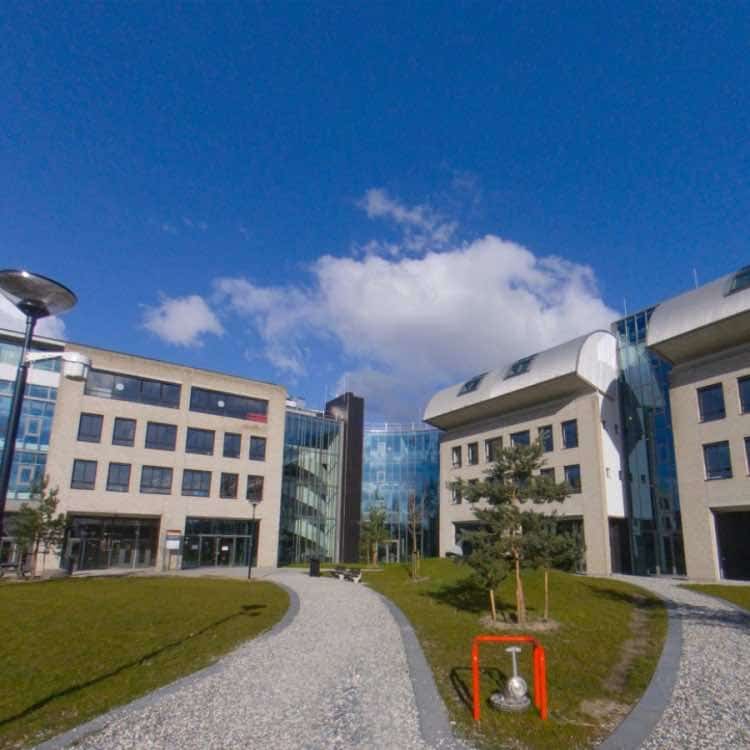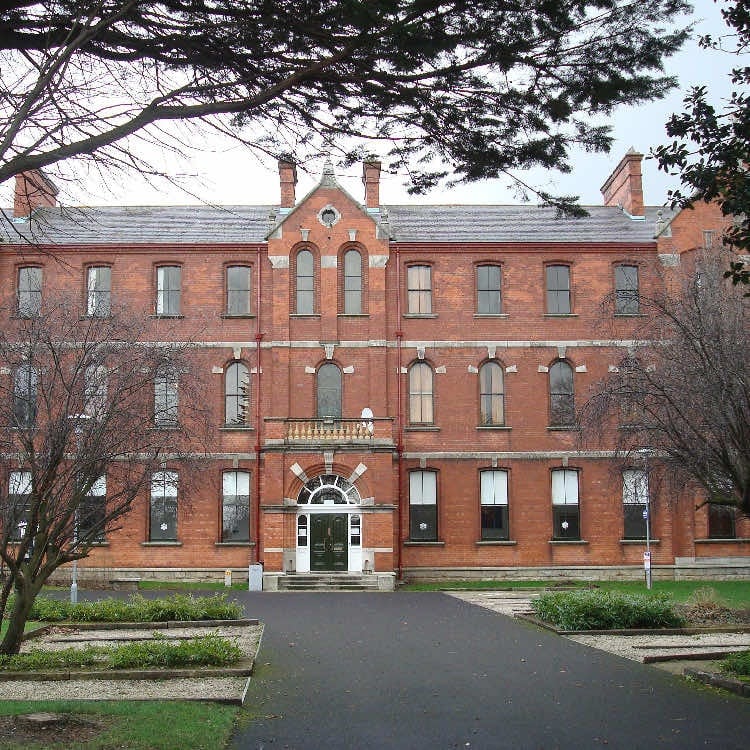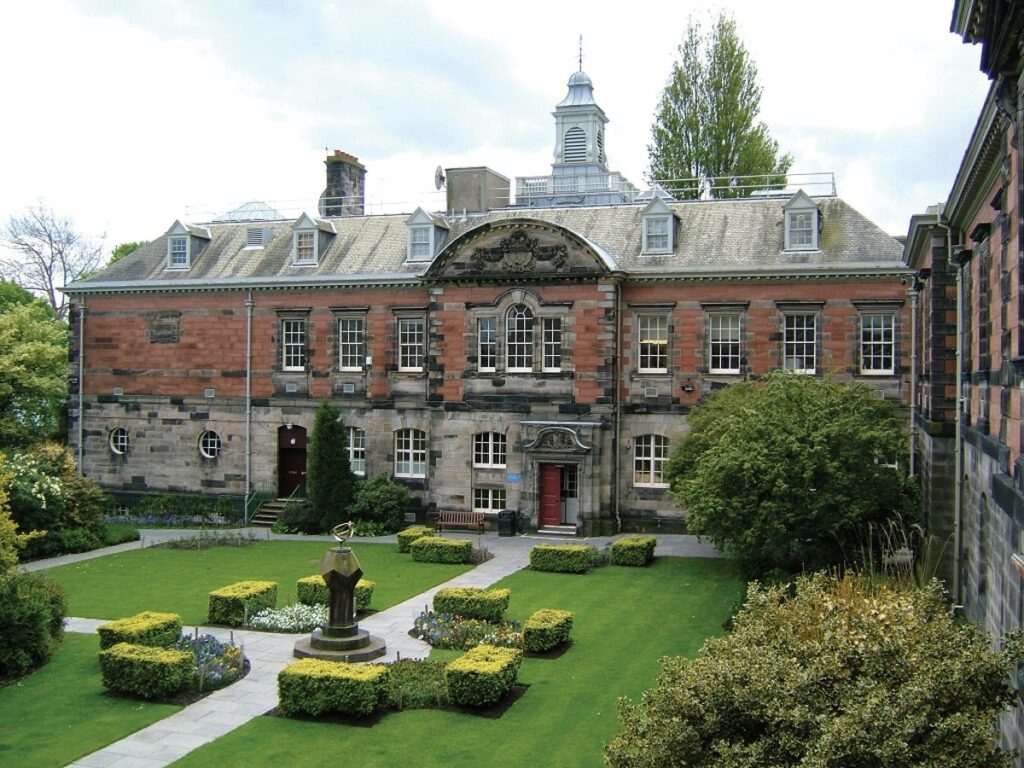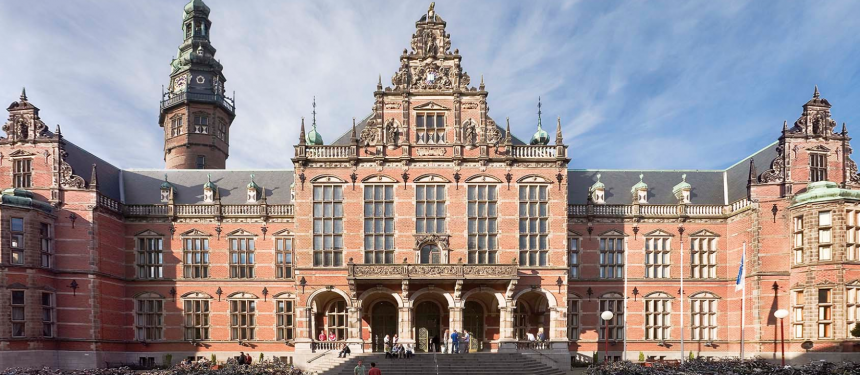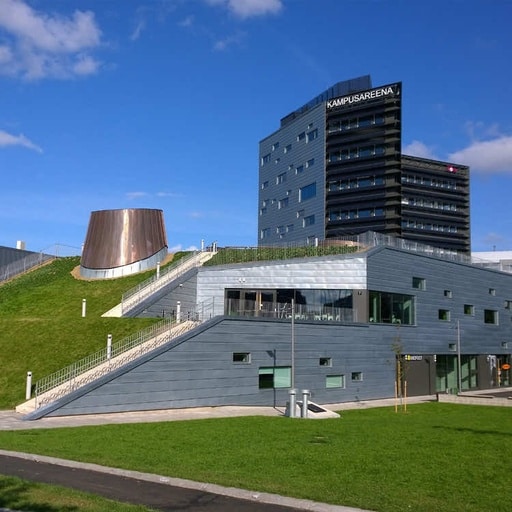All Urban, Community, and Regional Planning
People sometimes describe a city as a living organism. Poetic as this may be, it’s not very accurate. In a cell, plant, or animal, everything that’s necessary grows where it should be, when it’s needed, and to the size that’s required. If a city were allowed to develop in the same way, you’d just get a hellhole with terrible land use, low transportation efficiency, and poor quality of life for its residents all around.These kinds of problems are very difficult to fix once they’ve settled in. Urban and regional planners have to look forward decades into the future to predict communities’ needs. Residents’ economic, social, and environmental requirements all have to be addressed, so there are a lot of bases to cover. Urban and regional planners have to be proficient in multiple areas: transportation engineering, ecology and sustainability, economics, geography, architecture, landscape design, and several other subjects are all studied as part of a bachelor’s or postgraduate degree. Most curricula include a strong practical component and usually include research projects, seminars, and perhaps mandatory internships.The nature and bias of any particular course are usually a reflection of the place in which it is taught. In Europe, this means making the best use of limited space and regarding services like public transportation as more than boondoggles. An urban and regional planning qualification from a European university therefore provides special and valuable insights when applied in the U.S. context.Urban and regional planners have to be highly analytical. People who like to look for simplistic solutions to complex problems can do a great deal of harm in this profession. They also have to be assertive and possess good communication skills. These attributes come in handy when, for example, dealing with property developers who treat zoning laws as guidelines or public officials who struggle to think beyond the next election.


